15 Ways Society Treats You Differently If You’re Not Wealthy
Nowadays, our zip codes determine our destiny. A few lucky ducks are born with a silver spoon in their mouths, while the rest of us struggle to keep a roof over our heads. That’s the stark reality of the wealth gap in America – a chasm so wide that it makes the Grand Canyon look like a ditch. Did you know the top 1% of Americans now control more wealth than the bottom 50% combined (Piketty & Saez, 2022)? That’s right, a tiny sliver of the population hoards a mountain of riches while millions of others fight just to get by. This isn’t just an economic issue – it’s a social justice issue with far-reaching consequences. Let’s dive deeper and see how our bank account balance can impact everything from education to health.
Education Equity Gap

Credit: pexels
Children from high-income families are eight times more likely to graduate from an Ivy League college than their low-income counterparts (Center on Budget and Policy Priorities). This disparity translates to future career opportunities.
Healthcare Disparities

Credit: pexels
According to a 2020 Commonwealth Fund study, adults with lower incomes are twice as likely to lack health insurance compared to those with higher incomes. This can lead to delayed medical care and worse health outcomes.
Housing Discrimination

Credit: pexels
A 2022 Urban Institute study found that Black renters are 60% more likely to face housing discrimination compared to white renters. This discrimination limits access to safe and affordable housing.
The Debt Trap
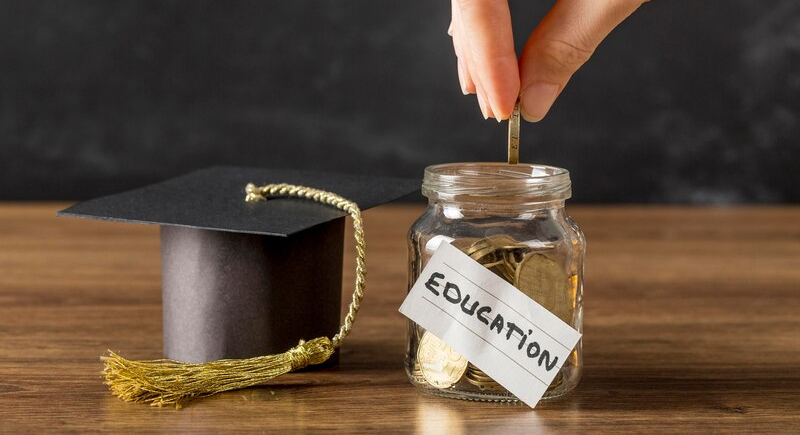
Credit: freepik
Student loan debt in the US has topped a staggering $1.7 trillion (Federal Reserve). This debt burden can prevent young adults from buying homes, starting businesses, or saving for retirement.
Transportation Challenges
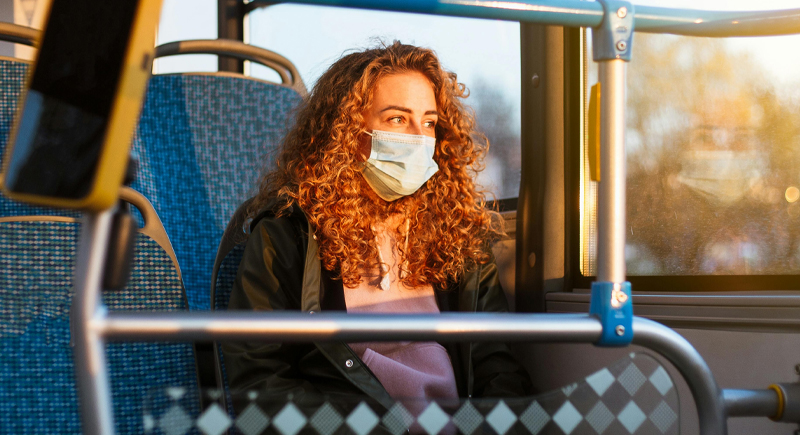
Credit: pexels
In car-dependent areas, those without access to a vehicle face limited job opportunities. A 2021 Brookings Institution report states that 23 million Americans lack access to reliable transportation, hindering their access to essential services.
Unconscious Bias

Credit: pexels
A Harvard Business Review study revealed that resumes with stereotypically “white-sounding” names received 50% more callbacks compared to resumes with stereotypically “Black-sounding” names. Hiring bias based on perceived socioeconomic status can be a real barrier.
Keeping Up with the Joneses

Credit: pexels
Social media often portrays a wealthy lifestyle, creating pressure to spend more and fit in. A 2023 study by the Pew Research Center found that 73% of Americans believe social media makes people feel worse about their financial situation.
Investment Inequality

Credit: pexels
A 2022 report by the Charles Schwab Corporation revealed that only 52% of Americans own any stocks. This limits their ability to build wealth through long-term investments.
Food Insecurity
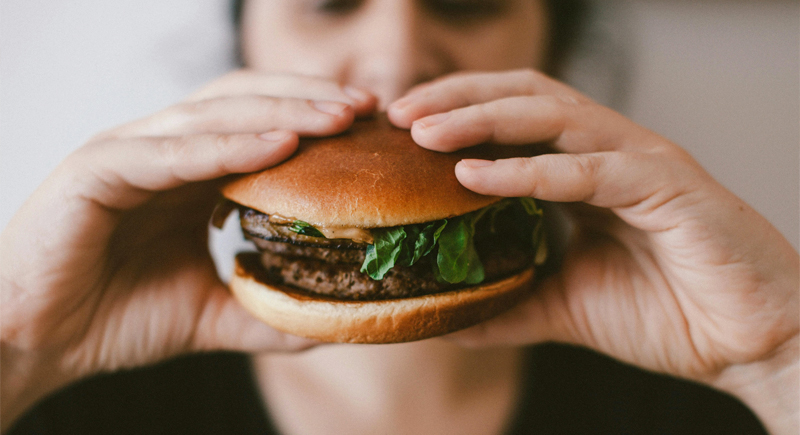
Credit: pexels
Nearly 1 in 10 Americans struggle with hunger, according to Feeding America, a national hunger relief organization. Limited financial resources often restrict access to healthy and nutritious food choices.
The Digital Divide
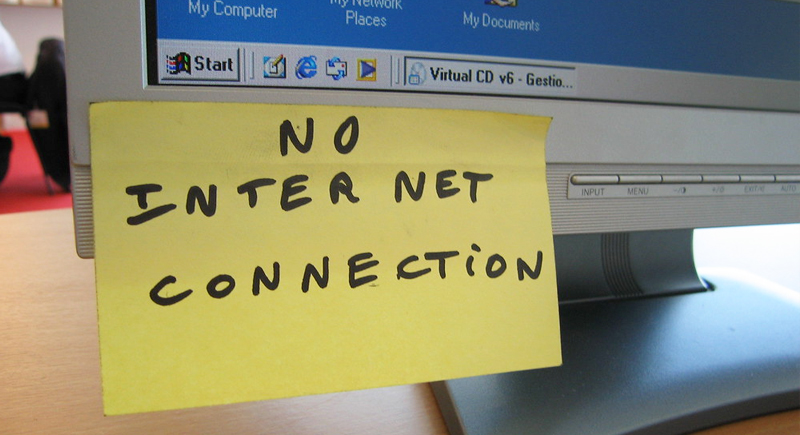
Credit: flickr
A 2023 Pew Research Center survey found that 17% of American adults lack home internet access. This digital divide excludes them from online educational resources, job opportunities, and essential government services.
Financial Stress and Health

Credit: pexels
A 2021 study by the American Psychological Association found that chronic financial stress can lead to a 50% increased risk of heart disease and stroke.
Negative Stereotypes

Credit: pexels
A 2022 study by the University of Chicago found that people experiencing poverty are often stereotyped as being less intelligent or less hardworking. These stereotypes can be incredibly damaging.
The Emergency Buffer
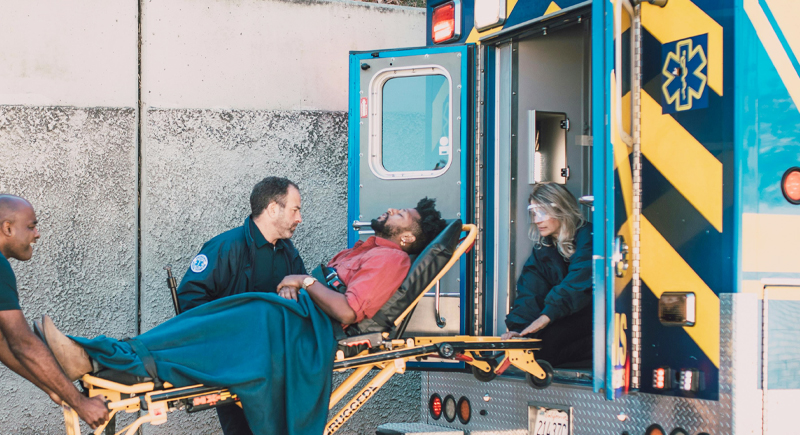
Credit: pexels
A 2023 Federal Reserve report found that nearly 40% of Americans couldn’t cover a $400 emergency expense. This financial vulnerability creates a constant sense of insecurity.
Generational Wealth Gap

Credit: pexels
A 2021 study by the Equality of Opportunity Project at Stanford University found that children born into the bottom 20% of income earners have only a 3.1% chance of reaching the top 1%.
Money in Politics
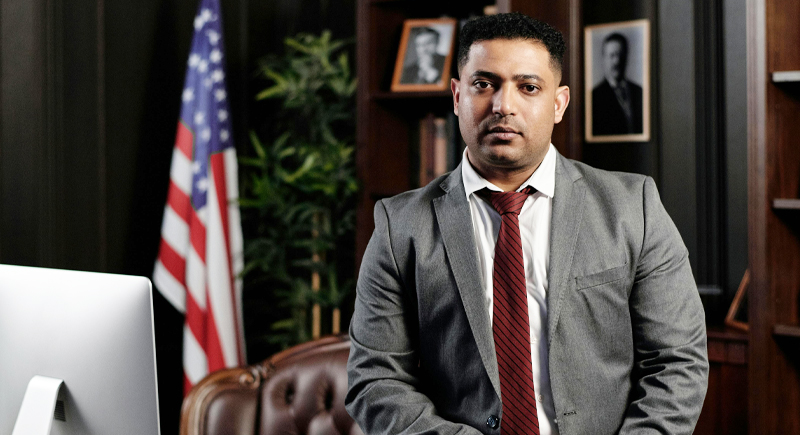
Credit: pexels
According to OpenSecrets.org, the top 1% of donors accounted for 38% of all federal campaign contributions in the 2022 election cycle. This can give wealthy individuals and corporations an outsized influence on policy decisions.